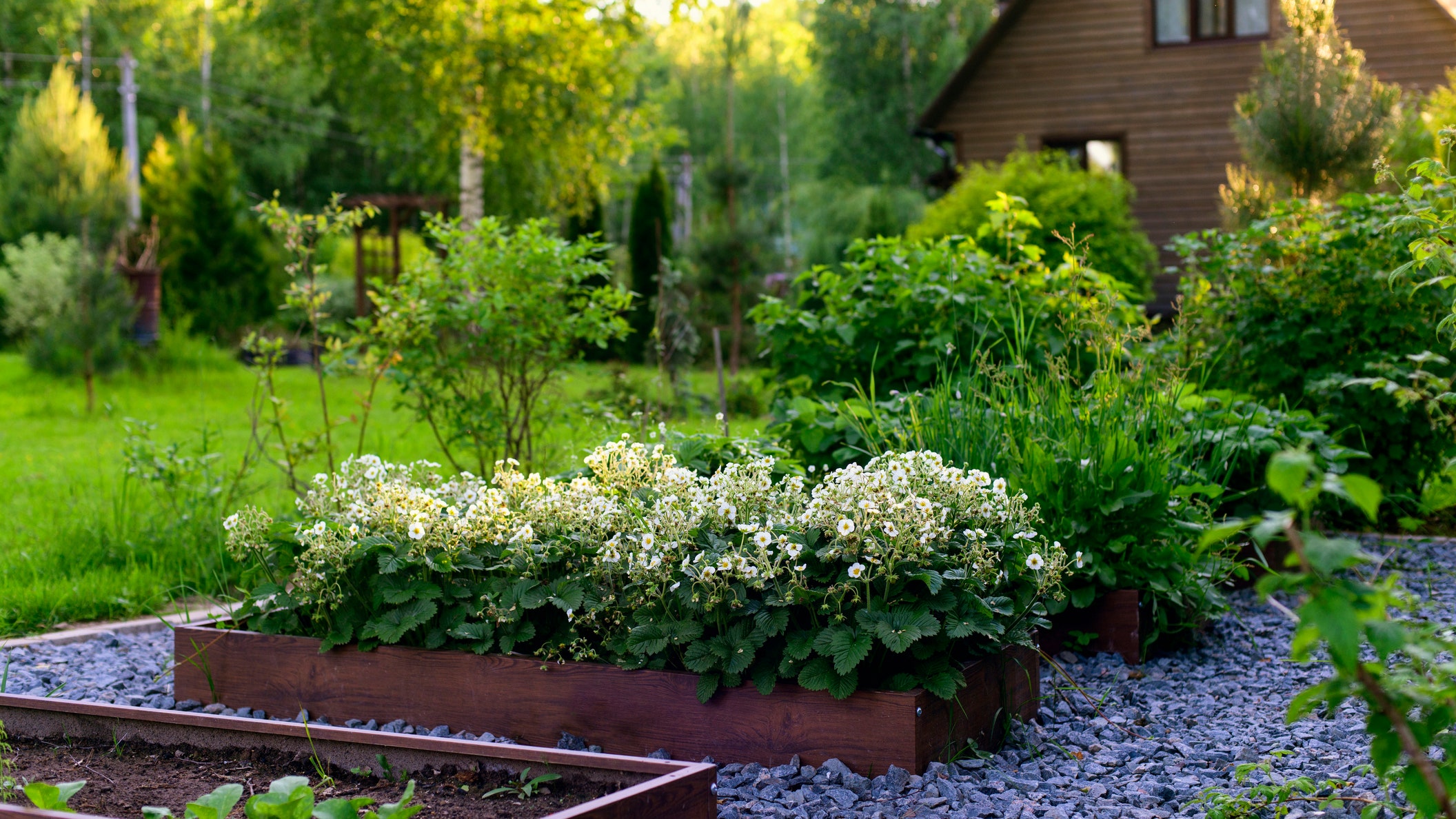Peak gardening season is upon us! If you’re wondering if you’ve missed the window to build a garden, fear not: The following raised garden bed ideas will convince you that the time to start is now. Raised beds don’t have to be expensive and you don’t need many new skills to create a beautiful vegetable garden. “My advice is: don’t wait until you think you’re ready because it may never happen,” says Joe Lamp’l, creator and host of Growing a Greener World and founder of Joe Gardner and The Online Gardening Academy. So gather your wheelbarrows, your garden soil, and your seeds, and let’s get gardening.
Why should I use a raised bed?
There are many reasons raised beds are the way to go, chief among them that they provide the “perfect opportunity to engineer the soil that you want for what you’re planning to grow,” explains Lamp’l. He says it’s rare to have perfect soil conditions in your yard, as most regions of the country have soil that is either too heavy and filled with clay or too light and sandy. Also, many backyard soils contain contaminants, lead being chief among them (a particular hazard in post-industrial areas and near older homes that once had exterior lead paint).
James Prigioni, creator of The Gardening Channel with James Prigioni on YouTube, gives a couple additional reasons. Raised beds are more ergonomic and can be built at different heights to accommodate people with various mobilities. But, also, the physical framework is such that it’s easy to shield a vegetable garden from pests and rodents or weather by attaching nets and hoops. Since there’s less soil area than the ground in general, and since it can be made level, the soil in raised beds heats up quicker in the spring and is easier to water.
What should I grow in raised garden beds?
To start, it’s important to consider your location and growing season since not all vegetables can grow in each area. Figure out your plant zone by typing your zip code into the USDA’s Plant Hardiness Zone Map. This number will help determine what’s best to grow where you live. Prigioni also strongly suggests growing things you like to eat because you’ll be more invested in their success.
Where’s the best place to put my raised bed?
Situate your raised beds where you’ll most easily interact with them. If your garden is in a spot that’s out of sight, taking care of it may slip your mind. So find a nice, sunny spot that you pass on the daily. Observe and take notes to learn how much sun it gets and from which direction. South-facing garden beds do best with the shortest plants on the north side and the tallest plants on the south to assure that no plant gets shaded, Prigioni explains. Though most edible plants need at least six hours of full sun, there are plenty of crops that need less. Greens for instance, will wilt in full summer sun. If you have a shadier spot, try salad greens and kale.
Maybe you’ll have wild success with kale or cucumbers and not with tomatoes. Remember, if you fail the first year, take notes and observe what happened and try something different in year two. Learn what’s worth repeating and what needs to change. Use the following raised garden bed ideas to get your garden ready today.

